The Secrets of Grenadian Cocoa in Savory Dishes
11 min read Discover how Grenadian cocoa transforms savory dishes with rich flavor nuances and culinary innovation, revealing unique taste profiles and preparation techniques. June 20, 2025 21:05
The Secrets of Grenadian Cocoa in Savory Dishes
Nestled in the lush volcanic landscapes of Grenada, often called the "Island of Spice," lies a treasure trove of culinary tradition that extends far beyond its famous nutmeg. Among these treasures is a lesser-known but profoundly significant ingredient: Grenadian cocoa. While cacao is globally celebrated for its role in sweet confections, in Grenadian cuisine, this rich, aromatic bean is an unassuming hero—adding depth, complexity, and a touch of spice to savory dishes that tell stories as vibrant as the island itself.
Imagine walking through a cocoa plantation at dawn, the air thick with the scent of fermenting beans mingling with the salty breeze from the Caribbean Sea. The vibrant green cacao pods burst open to reveal glistening golden seeds—a symbol of Grenada's abundant harvest and centuries-old tradition. This sensory narrative is the gateway into understanding how Grenadian cocoa transforms from a raw bean to a culinary magic wand for savory creations.
The Cultural Roots of Cocoa in Grenada
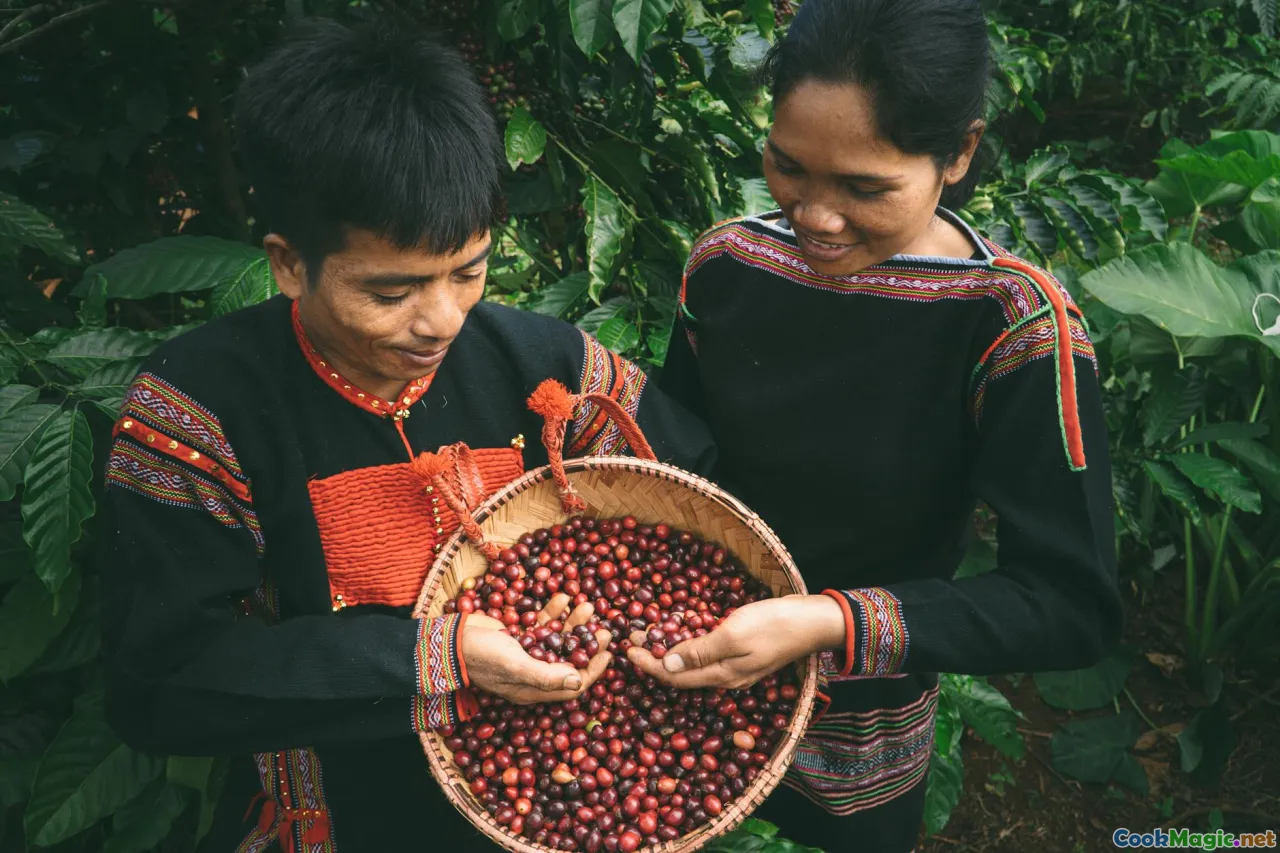
Cacao cultivation in Grenada dates back to the Indigenous Caribs who treasured the beans as a sacred commodity. Later, with the advent of European colonization, cocoa became an integral part of the island’s economy, evolving into a symbol of Grenadian identity. Over generations, farmers cultivated varieties renowned for their aromatic complexity—particularly the Criollo and Trinitario strains.
Today, cocoa remains a vital part of Grenadian culture, woven into festivals such as the annual Grenada Chocolate Festival, where farmers, artisans, and culinary enthusiasts celebrate this bean’s journey from pod to palate. These traditions emphasize sustainability, organic farming, and a reverence for natural flavors—elements that reflect in the nuanced use of cacao in both sweet and savory contexts.
The Flavor Profile and Its Culinary Implications
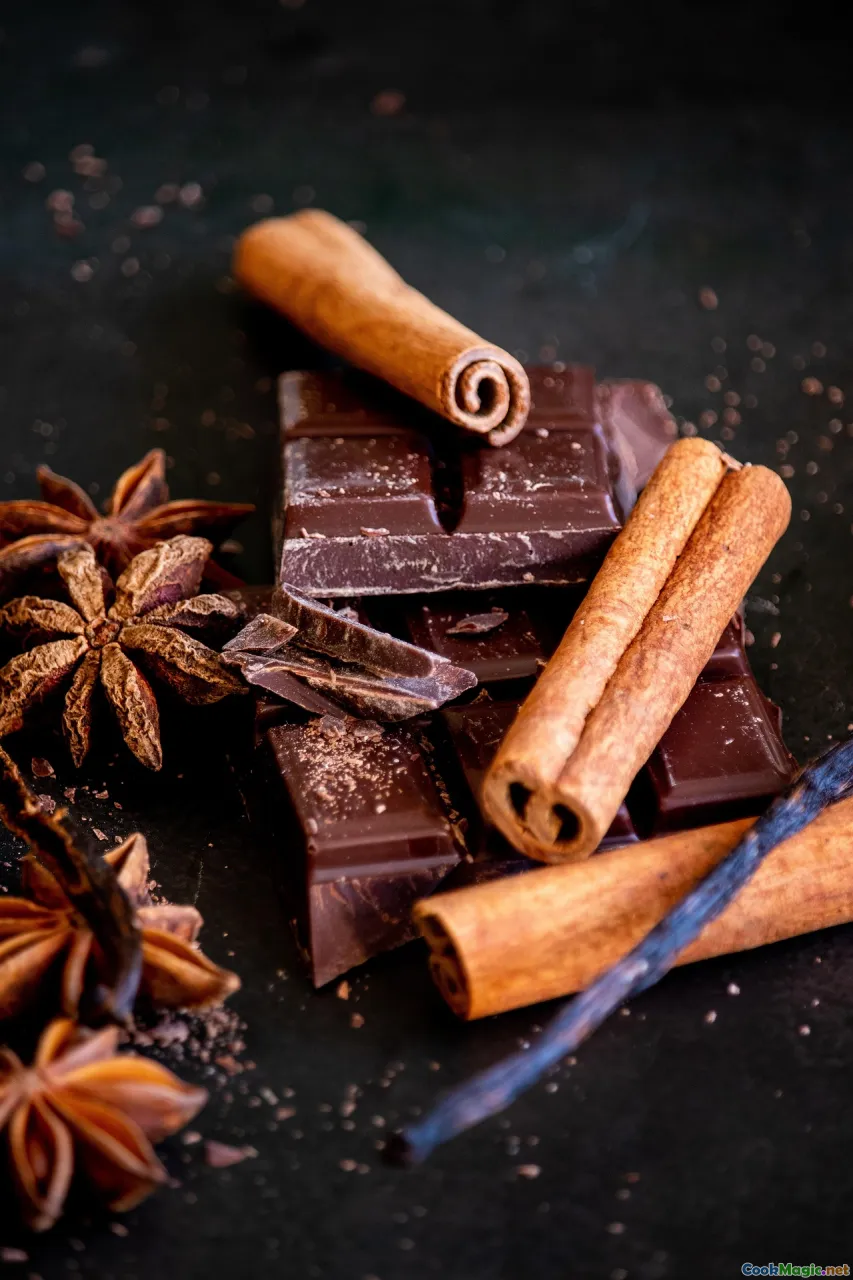
Grenadian cocoa distinguishes itself with a pronounced floral aroma, hints of dried fruit, and a smooth, balanced bitterness, complemented by earthy undertones. Unlike mass-produced varieties, Grenadian beans often possess a nuanced fruitiness—think of ripe plums, subtle citrus, or a whisper of spice—that lends layers of flavor to any dish.
These qualities open a world of possibilities for savory applications. The natural bitterness balances richness, while the aromatic profile enhances spices, herbs, and acidic elements. Understanding this flavor complexity is crucial for chefs aiming to craft dishes that reveal the depth and authenticity of Grenadian cuisine.
How to Incorporate Grenadian Cocoa in Savory Dishes: Techniques & Tips
1. Using Cacao Nibs as a Flavor Enhancer
Cacao nibs, the crunchy bits of dried and roasted cacao, are a versatile addition to savory dishes. Toasted lightly, they can be sprinkled over salads, roasted vegetables, or incorporated into braises to impart a subtle bitterness and aromatic depth.
Tip: Toast nibs in a dry skillet until fragrant, then grind lightly for a more dispersed flavor when adding to dishes.
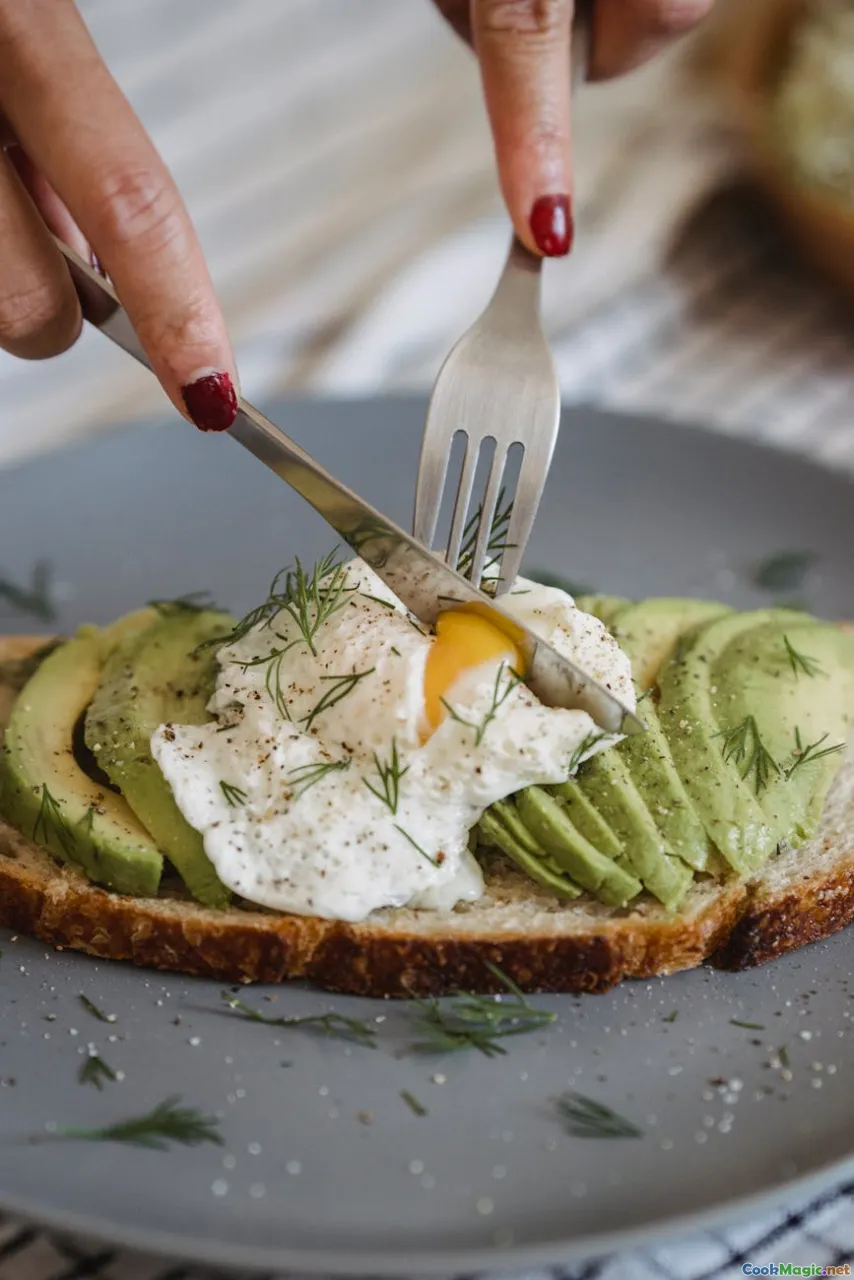
2. Making a Rich Cacao-Infused Broth
Infusing broths with cacao adds a smoky, earthy warmth that contrasts with brighter flavors like lime or chili. Simmer small pieces of Grenadian cocoa shells or gentle grinds of cacao with herbs, garlic, and aromatics to create complex bases for stews and soups.
Tip: Strain before serving to avoid a gritty texture.
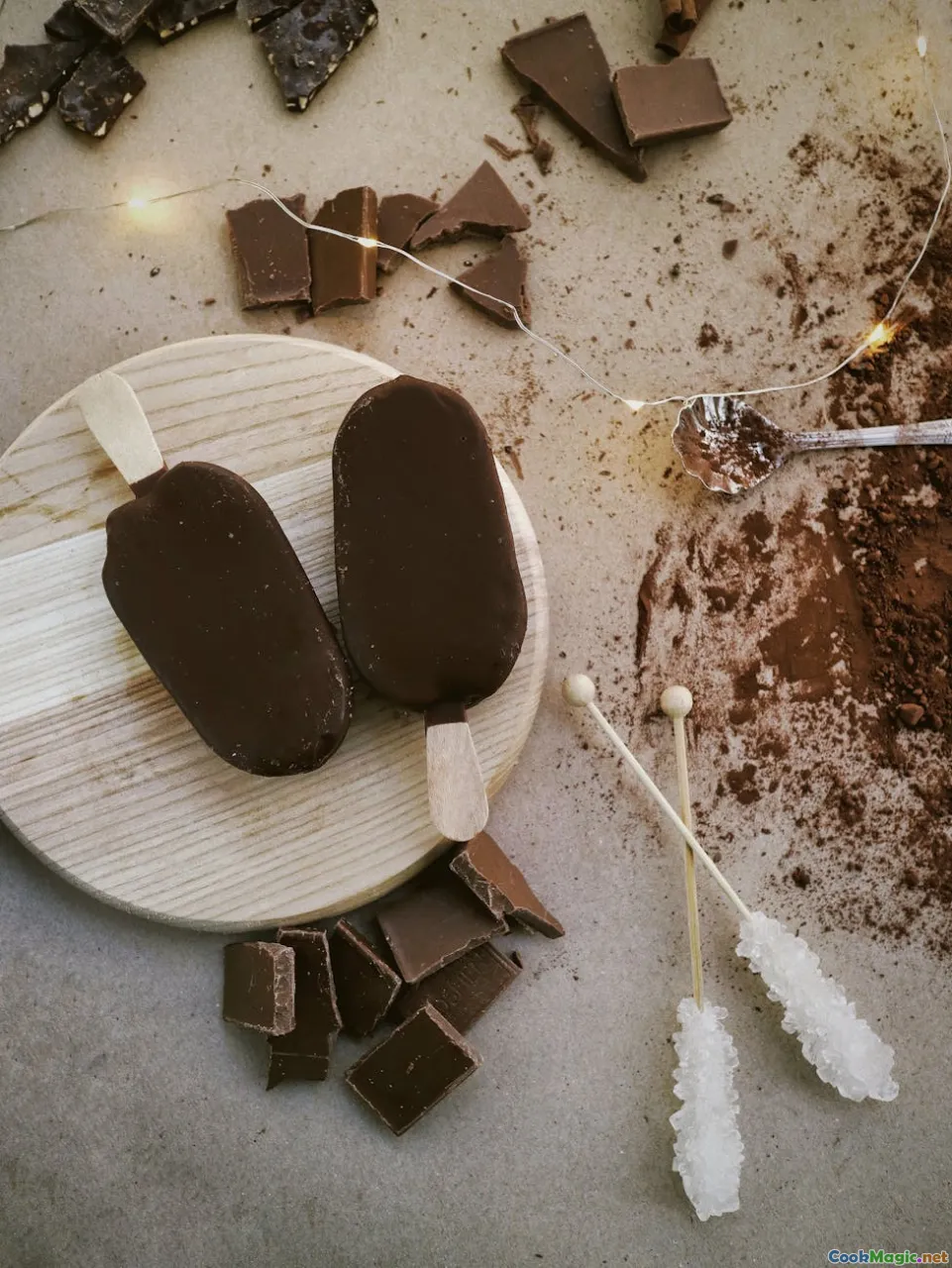
3. Crafting Spice-Rubbed Meats with Cacao
Combining Grenadian cocoa with traditional spices such as allspice, cinnamon, and scotch bonnet peppers creates a captivating rub for meats like pork, chicken, or beef. The cacao helps tenderize and adds a smoky richness that enhances grilled or slow-cooked dishes.
Personal insight: I recall a Grenadian-style pork roast where the marriage of spice and cacao resulted in tender, flavorful slices that evoked the island’s vibrant culinary spirit.

4. Creating Savory Chocolate Sauces
A classic mole-style sauce can be adapted using Grenadian cacao to accompany grilled vegetables, poultry, or seafood. Incorporate ingredients like chilies, garlic, onions, and herbs alongside cocoa to form a velvety, multi-dimensional sauce.
Tip: Balance the bitterness of cacao with acidity from vinegar or citrus.
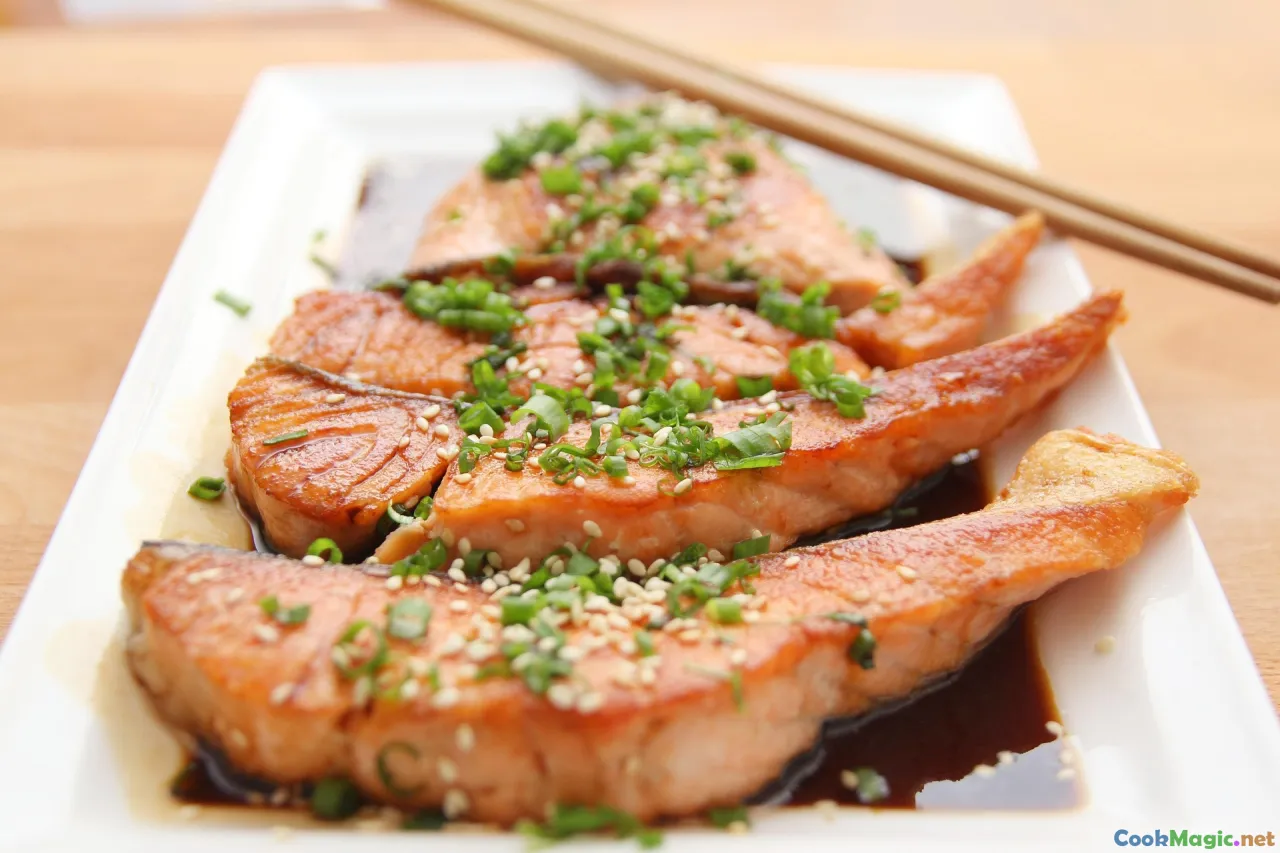
Signature Grenadian Dishes Highlighting Cocoa
1. Cocoa-Infused Ackee and Salt Fish
The beloved national breakfast staple gains a new dimension with a dash of ground Grenadian cacao added to the seasoning mix, elevating the earthy notes and harmonizing with the tropical ackee’s creaminess.
2. Spiced Cocoa-Pot Roti
A hearty dish embracing tender meat or vegetable stew within a soft, handmade roti, flavored subtly with cocoa and Grenadian spices for a comforting, savory experience.
3. Cacao-Glazed Pork Shoulder
Slow-roasted pork glazed with a marinade of cacao, cinnamon, allspice, and scotch bonnet peppers offers a rich, smoky finish that captures the essence of Grenadian culinary flair.
Pairing Grenadian Cocoa with Other Flavors
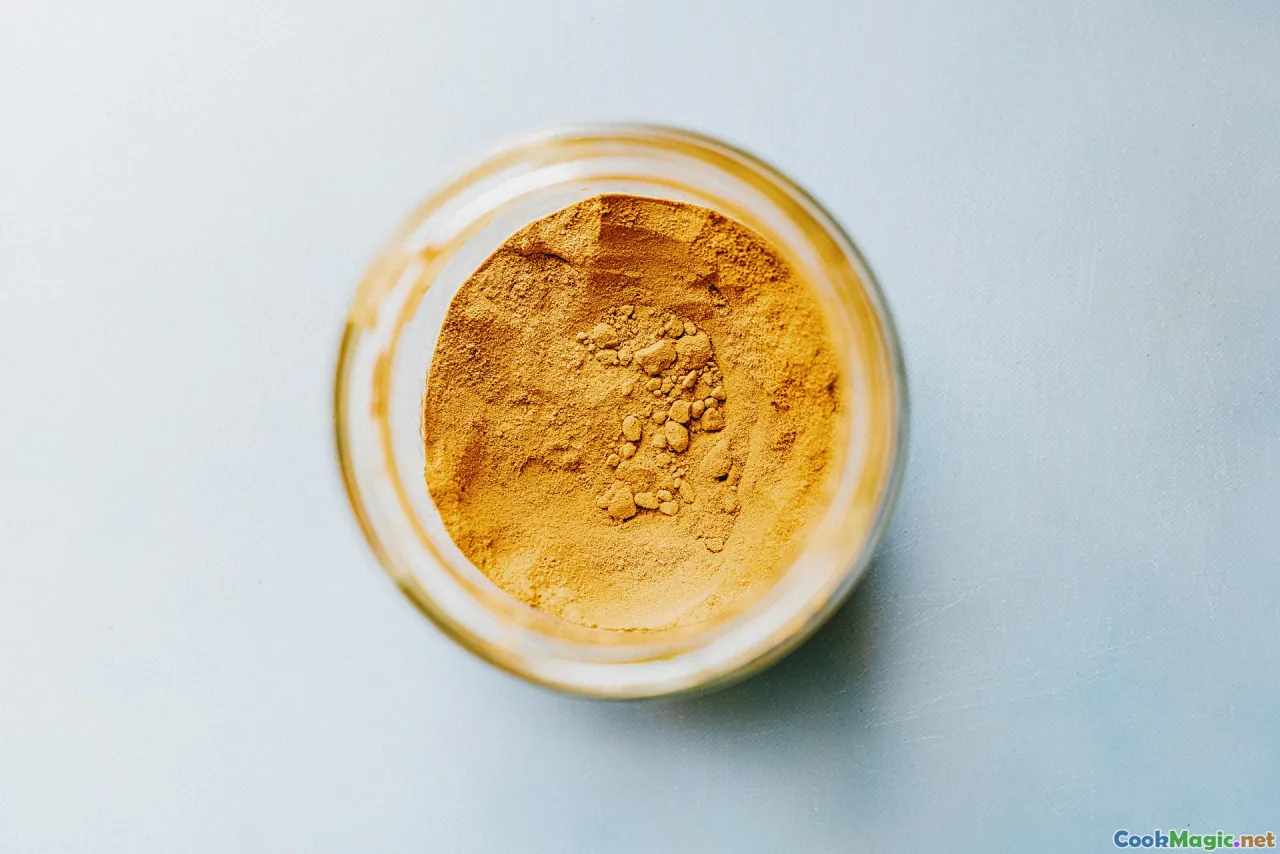
The secret lies in balancing cacao’s earthy bitterness with bright, acidic, or sweet elements. Citrus like lime or passionfruit cuts through its richness, while tropical fruits enhance its fruitiness. Herbs like thyme, basil, or even fresh mint can refresh the palate.
Regional spices—ginger, cinnamon, allspice—are foundational, but the key is restraint; a little cacao goes a long way, infusing dishes with a delicately layered complexity.
Personal Insights and Culinary Inspiration
From exploring bustling markets in St. George’s to participating in traditional cocoa harvest festivities, I’ve seen how Grenadian cooks treat cacao as more than an ingredient—it’s a cultural cornerstone.
My own culinary experiment involved preparing a savory cacao-infused stew during a trip to Grenada. The slow-simmered beef in a sauce of cacao, Scotch bonnet peppers, and lemongrass created a symphony of flavors that haunted my palate long after the meal was over. It’s this emotional connectivity to ingredients that elevates Grenadian cuisine from simply delicious to deeply rooted in soul.
Tips for Home Cooks Interested in Exploring Grenadian Cocoa
- Seek Authentic Sources: Purchase locally sourced Grenadian cocoa from specialty stores or online, preferably from cooperatives committed to organic and sustainable farming.
- Experiment Gradually: Start with small quantities—perhaps a teaspoon of cacao nibs or a pinch of ground cacao—to gauge impact.
- Combine Thoughtfully: Pair cacao with island spices, tropical fruits, and acidic elements to craft dishes that honor Grenadian traditions.
- Embrace Imperfection: The beauty of using natural ingredients lies in their variability; honor the nuanced flavors and allow them to lead your culinary journey.
Final Thoughts
Grenadian cocoa, with its aromatic complexity and cultural significance, is a secret weapon waiting to transform your savory dishes. It invites chefs and home cooks alike to explore the depths of flavor, to honor tradition, and to create culinary expressions as vibrant and passionate as the island itself. Whether as a simple sprinkle or a feature component, Grenadian cocoa holds the power to turn everyday ingredients into extraordinary, soulful dishes that tell a story—one bean, one bite at a time.









